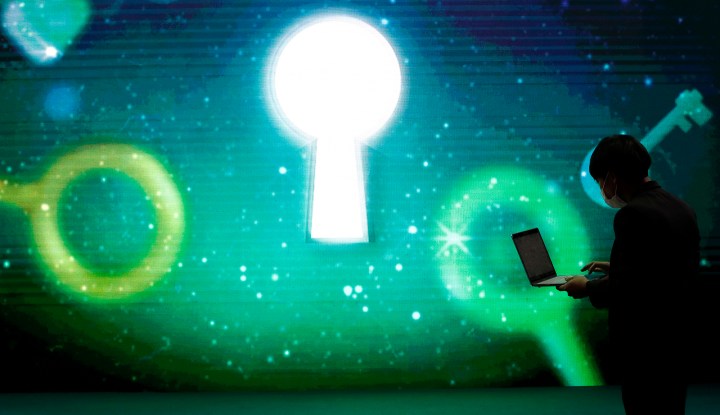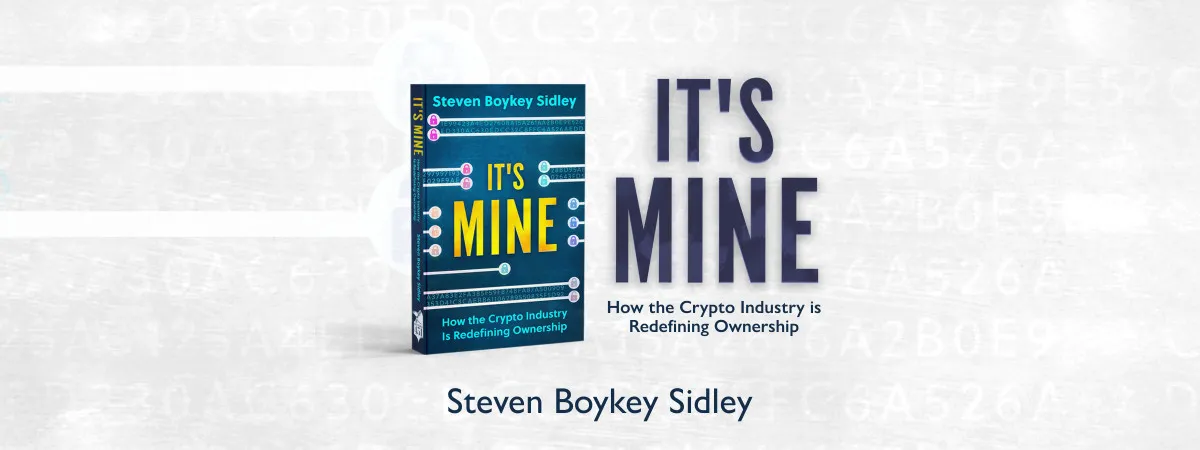GUEST ESSAY
The Merge is coming to the cryptoverse — and it’s going to be huge

The moon landing, the first Macintosh operating system, the new iPhone operating system, the new release of Uber or Meta or WhatsApp or quantum computing — nothing comes close to this for sheer technical ambition under the pressure of real money and real economies that all feed off this network.
On 15 September, the most complex, most risky and most thoroughly tested software project in history will be switched on. Moreover, if it falls over, or is hacked immediately, it will probably precipitate a global collapse of somewhere around one-quarter of a trillion dollars in assets, possibly within hours, making every financial collapse in history look flaccid, with domino effects and contagion that we can’t even grasp.
Chances are pretty good that it won’t fail. Really. I promise.
It has been in development for about eight years. It has somewhere between 200 and 300 of the smartest developers all over the world working on it. As it switches on, the event will be watched by millions of people, many of whom will not really understand what they are seeing on their screens.
Most people on Earth will not know or care that it is happening. Unless of course, $250-billion disappears overnight.
It is called The Merge.
A rewind. Bitcoin appears in 2010 and immediately accretes value from nothing to about $20,000 per bitcoin today. In 2015, a competitor is launched called Ethereum. It adds some very important differentiators and other bells and whistles, which are not important here, other than to say it immediately becomes the second-largest blockchain after Bitcoin.
Both blockchains use the same underlying security architecture which uses a fair bit of electricity, which has since become a matter of furious debate. But even as far back as the launch of Ethereum, its creator, Vitalik Buterin, wrote a blog in which he said (I paraphrase): Wait! I’ve got a better idea. We can implement an underlying architecture that is 99% more energy efficient! Let’s do it!
That was nearly eight years ago.
When Buterin (and colleagues) came up with this notion, there wasn’t much value flowing through the Ethereum network. But then it grew and grew and grew to what is worth now — hundreds of billions of dollars. The energy efficiency security project which required fundamental re-architecting of Ethereum continued in the background — research, development, new ideas, more research, more development.
Visit Daily Maverick’s home page for more news, analysis and investigations
And then as the energy usage issues entered the zeitgeist with more urgency, especially as the Ethereum network really took off, so too did the preparations for the move to the more energy-efficient architecture. Those crypto-literates reading this will certainly notice that I am carefully staying away from crypto jargon here, because there is another narrative I want to probe.
It is this. You have a couple of hundred billion dollars of value locked into your blockchain. You are processing $1-billion per day, transactions flowing constantly through the network, 24 hours per day. How in the world can you risk making a profound and fundamental change to the architecture in real time without breaking stuff? Or, as it is often analogised, how do you change a jet engine in mid-flight?
This was, and is, the nature of the problem, its risk and its complexity and challenge. And it means testing. On test networks. With test cryptocurrencies. With test computers, thousands of them. And testing and simulating and improving and testing again. Which has been going on for years and exceeds anything the software world has ever seen.
All this for a more energy-efficient blockchain? Partially, yes, but more importantly it is part of a longer roadmap — less energy, a deflationary monetary system, fast throughput, low fees, sustainable incentives for stakeholders and other more arcane features. All the stuff everyone in crypto secretly dreams about at night and tweets about by day.
I have read a fair bit about what is entailed to make this change. It is both terrifying and quietly awe-inspiring for anyone who has brushed against computer programming. The moon landing, the first Macintosh operating system, the new iPhone operating system, the new release of Uber or Meta or WhatsApp or quantum computing — nothing comes close to this for sheer technical ambition under the pressure of real money and real economies that all feed off this network.
Watching the tests that have led up to this has convinced me that all will be well, it will mark the beginning of a new era in crypto. If it is successful, the price of crypto may go up, maybe not — I have no idea; that is less important in the short term.
If it goes the other way, duck. It will extend way beyond crypto. DM
Steven Boykey Sidley is a Professor of Practice at JBS, University of Johannesburg


















 Become an Insider
Become an Insider
Should I be stocking up on baked beans? If it works, Fox News will say it was Donald Trump’s idea.
Forbes Magazine recently released an article with research showing that up to 50% of bitcoin transactions and “padding” to inflate trading volumes. These are sales between bots for no other purpose than to fudge the numbers. There is too much nonsense in crypto to take seriously